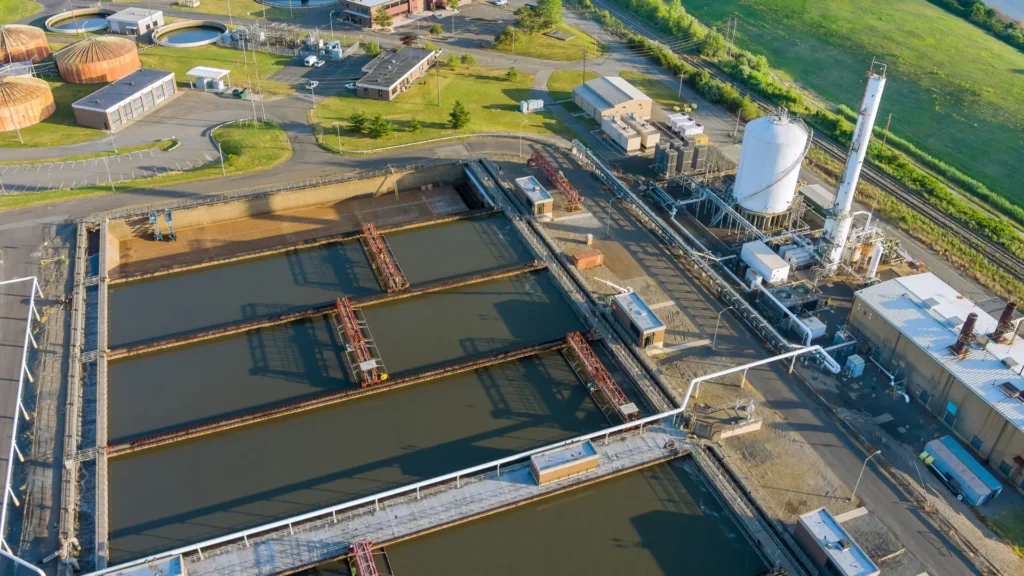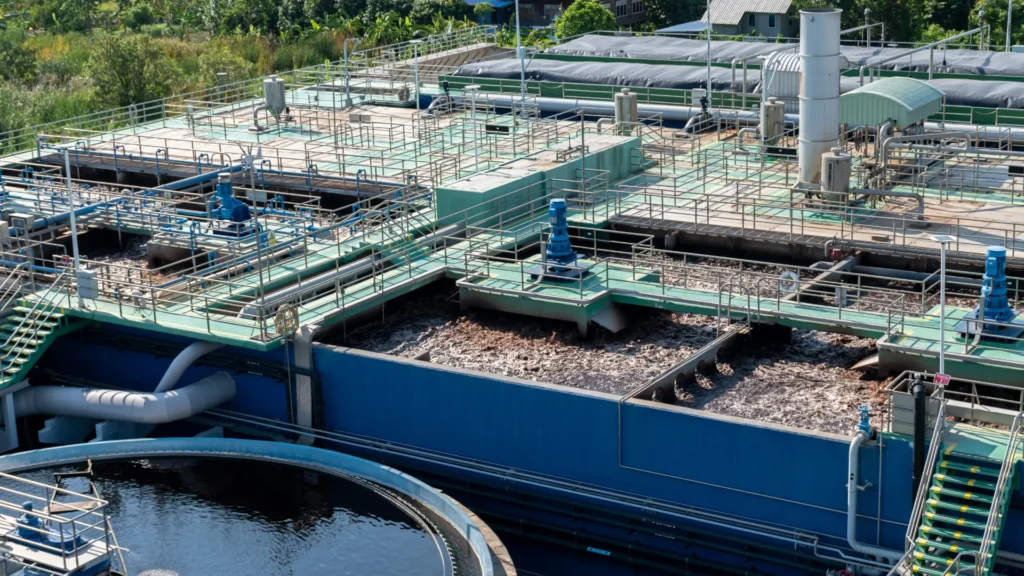In recent years, India has been struggling with a severe water crisis, with certain regions experiencing acute shortages. The situation has been exacerbated by factors such as rapid urbanisation, industrialization, and climate change. From agriculture to manufacturing, businesses across various sectors are feeling the impact of dwindling water resources. In this blog, we’ll explore the challenges faced by Indian industries amid the water crisis, emphasising the importance of water conservation and potential solutions to mitigate these issues.
1. Agriculture:
Agriculture plays a crucial role in India’s economy and also utilises a considerable amount of water. Crops like rice and sugarcane, grown widely across many regions, require ample water for cultivation. This heavy dependence on groundwater for irrigation has resulted in rapid declines in water levels in numerous areas. Consequently, farmers have to dig deeper wells to access water, leading to higher irrigation expenses and worsening the situation.
2. Manufacturing:
Industries like textiles, chemicals, and manufacturing rely heavily on water for various tasks such as cooling, cleansing, and as a solvent. Tougher environmental regulations and water usage guidelines pressure these industries to streamline their water consumption and reduce pollution. By adopting water conservation technologies, including treating and reusing water, industries can decrease their reliance on fresh water supplies and lower their environmental impact.
Embrace water conservation practices and explore ZLD in India by Scaleban to make a significant impact!
3. Energy:
While hydropower plays a significant role in India’s energy generation, its production can be affected during dry spells or when reservoir levels decrease. Likewise, thermal power plants, reliant on water for cooling, encounter operational hurdles during water scarcity, possibly resulting in electricity shortages. Prioritising investments in renewable energy sources such as solar and wind offers a sustainable approach to fulfilling India’s energy requirements without further straining water resources.

4. Urban Infrastructure:
Rapid growth has heightened the demand for water, placing pressure on current supply systems. Various cities face issues like leaky pipelines, ineffective distribution systems, and insufficient sewage treatment facilities, resulting in water wastage and pollution. An effective solution involves adopting advanced technologies for monitoring water usage, detecting leaks, and enhancing distribution to improve efficiency and reduce losses in urban environments.
5. Consumer Goods:
Producers of soft drinks and bottled water use significant amounts of water in their manufacturing processes, raising concerns about sustainability and prudent water management. Similarly, textile dyeing and finishing processes are notorious for their high water consumption and pollution. With implementation of cleaner production methods and recycling water can help mitigate these environmental impacts. Additionally, informing consumers about water conservation and promoting sustainable consumption habits can increase demand for eco-friendly products and encourage industries to adopt more responsible practices.
Embrace water conservation practices and explore ZLD in India by Scaleban to make a significant impact!
The year 2024 may bring a water crisis, but it also offers a chance for change. Industries can become champions of water conservation, communities can join forces, and India can lead in sustainable water management. By collaborating, we can change the course and secure a future where industries prosper and help in water conservation.
